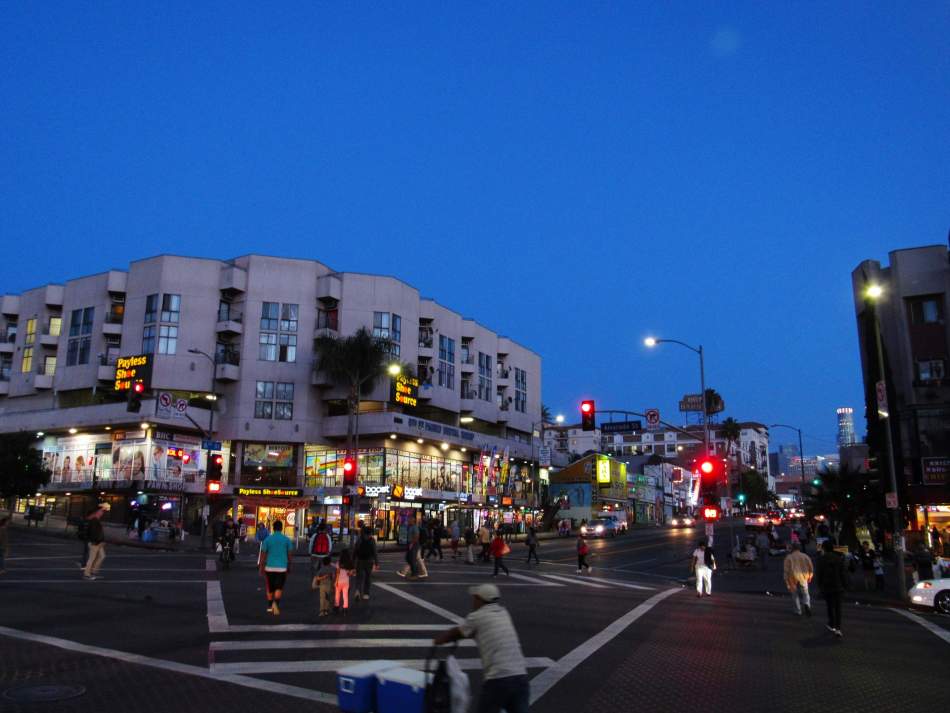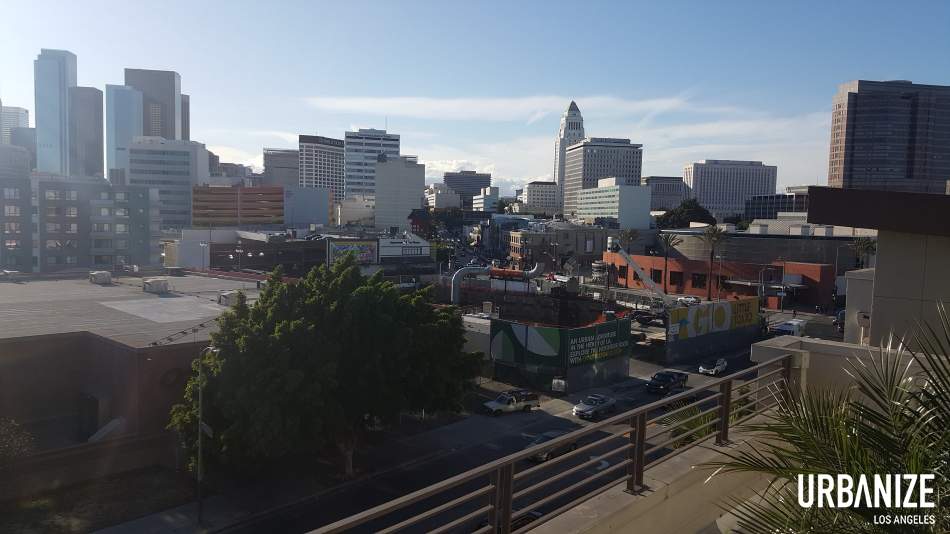Near the outset of the COVID-19 pandemic, state officials placed temporary limits on residential evictions. Now, with those protective measures on the verge of expiration, a joint UCLA-USC report finds that Los Angeles-area renters are especially vulnerable to displacement as a result of the crisis.
The report, which was authored by researchers at the UCLA Lewis Center for Regional Policy Studies and the USC Lusk Center for Real Estate, is based on findings from the U.S. Census Bureau's Weekly Households Pulse Survey, as well as a July 2020 survey of 1,000 Los Angeles County households. The data gleaned from those two sources indicates that 1 in 5 Los Angeles County tenants have struggled to pay rent since April. Specifically, 22 percent of tenants reported paying rent late at least once between April and July and 7 percent of respondents reported missing at least one payment.
Late or missed payments were most common among tenants who rent from friends or family. Households earning under $25,000 per year, as well as Black and Hispanic households, also reported missed payments more frequently.
According to the study, the brunt of the economic impact of the crisis has fallen on tenants, who have fared worse in terms of lost employment and income compared to homeowners. Those issues have compounded existing hurdles faced by tenant households, including mental health problems and food insecurity.
“I think everyone understood, early on, that renters might be in trouble as a result of COVID-19 and its economic fallout, but conventional sources of data don’t give us a good window into whether renters are paying or not, and into how they are paying if they do pay,” said lead author Michael Manville, an associate professor of urban planning at UCLA. “We were able, by using data from a special census survey, and especially our own original survey of renters, to get a direct sense of these questions.”
While the study indicates that a majority of tenant households - upwards of 68 percent - have paid rent on-time, that figure belies other economic impacts of the crisis.
The rate of rent payment via credit card has tripled during the pandemic, and many households have been forced to tap into savings. Some households have even reported taking out payday or emergency loans to cover rent.
The UCLA-USC report found that 2 percent of respondents were unable to pay rent for three consecutive months - a figure which would translate to roughly 40,000 households countywide.
Approximately 15 percent of households which have struggled to pay rent reported having been threatened with eviction, and 2 percent of respondents stated that eviction proceedings had been initiated against them. This comes despite the California Judicial Council's move on April 6 to suspend most eviction and foreclosure proceedings statewide for a period of 90 days.
The results of the study point to a combined income and housing crisis, in which tenants who have already struggled to pay rent have faced prolonged job losses - either as a result of COVID-19 or the accompanying economic slowdown. However, unemployment payments and other renter assistance programs have helped to soften the blow.
“One of the main concerns among landlords at the beginning of the pandemic was that tenants weren’t going to pay their rent if they knew they weren’t going to be evicted,” said Richard Green, the director of the USC Lusk Center. “Not only have we not seen any evidence of this, but getting money in renters’ hands through unemployment insurance or rental assistance helps a lot.”









